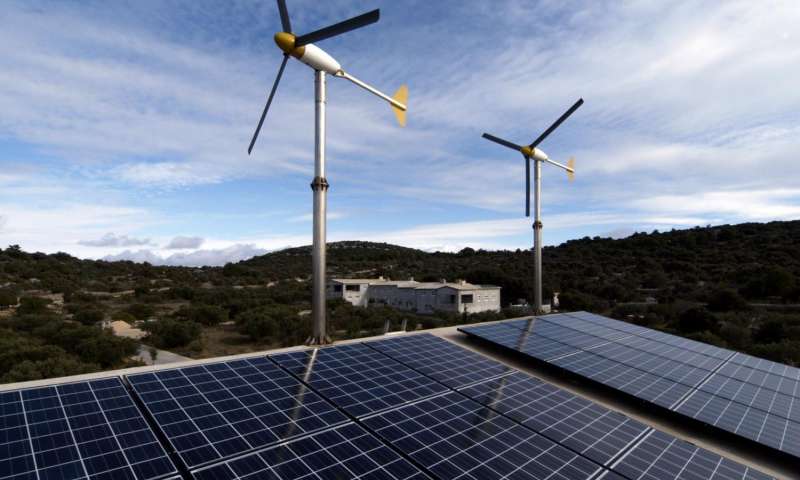WASHINGTON : The global spread of green technologies must quicken about ten times faster than in the past to avoid future rebounds in greenhouse gas emissions, and maintain climate warming below the two degrees Celsius, a new study has found.
“Based on our calculations, we won’t meet the climate warming goals set by the Paris Agreement unless we speed up the spread of clean technology by a full order of magnitude, or about ten times faster than in the past,” said Gabriele Manoli, a former postdoctoral associate at Duke University’s Nicholas School of the Environment in the US.
“Radically new strategies to implement technological advances on a global scale and at unprecedented rates are needed if current emissions goals are to be achieved,” said Manoli, who led the study.
The study used delayed differential equations to calculate the pace at which global per-capita emissions of carbon dioxide have increased since the Second Industrial Revolution – a period of rapid industrialisation at the end of the 19th century and start of the 20th.
The researchers then compared this pace to the speed of new innovations in low-carbon-emitting technologies.
Using these historical trends coupled with projections of future global population growth, researchers were able to estimate the likely pace of future emissions increases and also determine the speed at which climate-friendly technological innovation and implementation must occur to hold warming below the Paris Agreement’s 2 degrees Celsius target.
“It’s no longer enough to have emissions-reducing technologies. We must scale them up and spread them globally at unprecedented speeds,” said Manoli, who is now a research staff at ETH Zurich’s Institute of Environmental Engineering in Switzerland.
The analysis shows that per-capita CO2 emissions have increased about 100 per cent every 60 years – typically in big jumps – since the Second Industrial Revolution.
This “punctuated growth” has occurred largely because of time lags in the spread of emission-curbing technological advances, which are compounded by the effects of rapid population growth.
“Sometimes these lags are technical in nature, but – as recent history amply demonstrates – they also can be caused by political or economic barriers,” Manoli said.
“Whatever the cause, our quantification of the delays historically associated with such challenges shows that a tenfold acceleration in the spread of green technologies is now necessary to cause some delay in the Doomsday Clock,” he said.
The study was published in the journal Earth’s Future. (AGENCIES)&&&&&&
Trending Now
E-Paper


